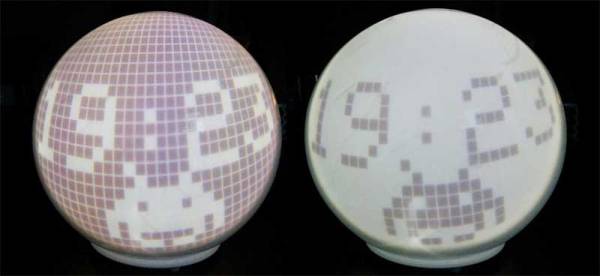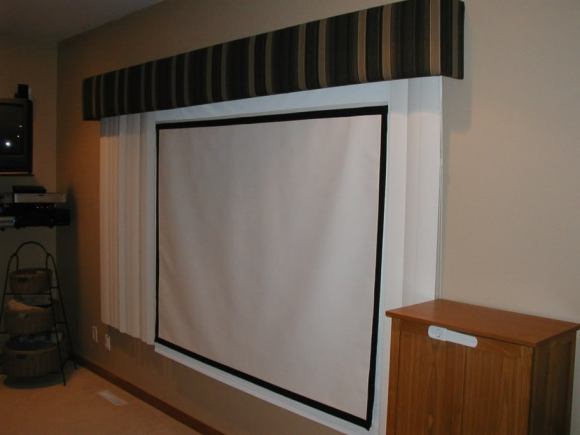Building a video projector isn’t something that most people do casually, but [Dominic Buchstaller] isn’t most people. As part of an ongoing street art project, he built a rather neat scrap video projector/bedside lamp/clock device he calls Great Balls of Fire. It is made from a Nokia cell phone screen and a small projector mechanism, mounted inside a frosted glass light sphere.
One of the most interesting parts of the build is the projector mechanism. Rather than build one from scratch or tear apart an expensive Pico projector, [Dominic] found another source: a cheap car logo projector from eBay. These are designed to show a car manufacturer logo on the ground when you open your car door. It came with all of the parts he needed, including an LED light source and optics. He tore that apart and replaced the car logo with the phone screen, creating a very cheap projector. It isn’t that bright, but it is bright enough that when he mounted it inside the glass sphere, it could project the time and the odd space invader. It’s a great example of how sometimes it makes sense to look for a cheap solution rather than a free one: buying the car logo projector saved him a lot of hassle in building the optics. [Dominic] was also responsible for this awesome old-school tube radio hack, where he replaced the guts of an old radio with an internet radio player.
Continue reading “Cheap Projector Tells Time, Invades Space”















